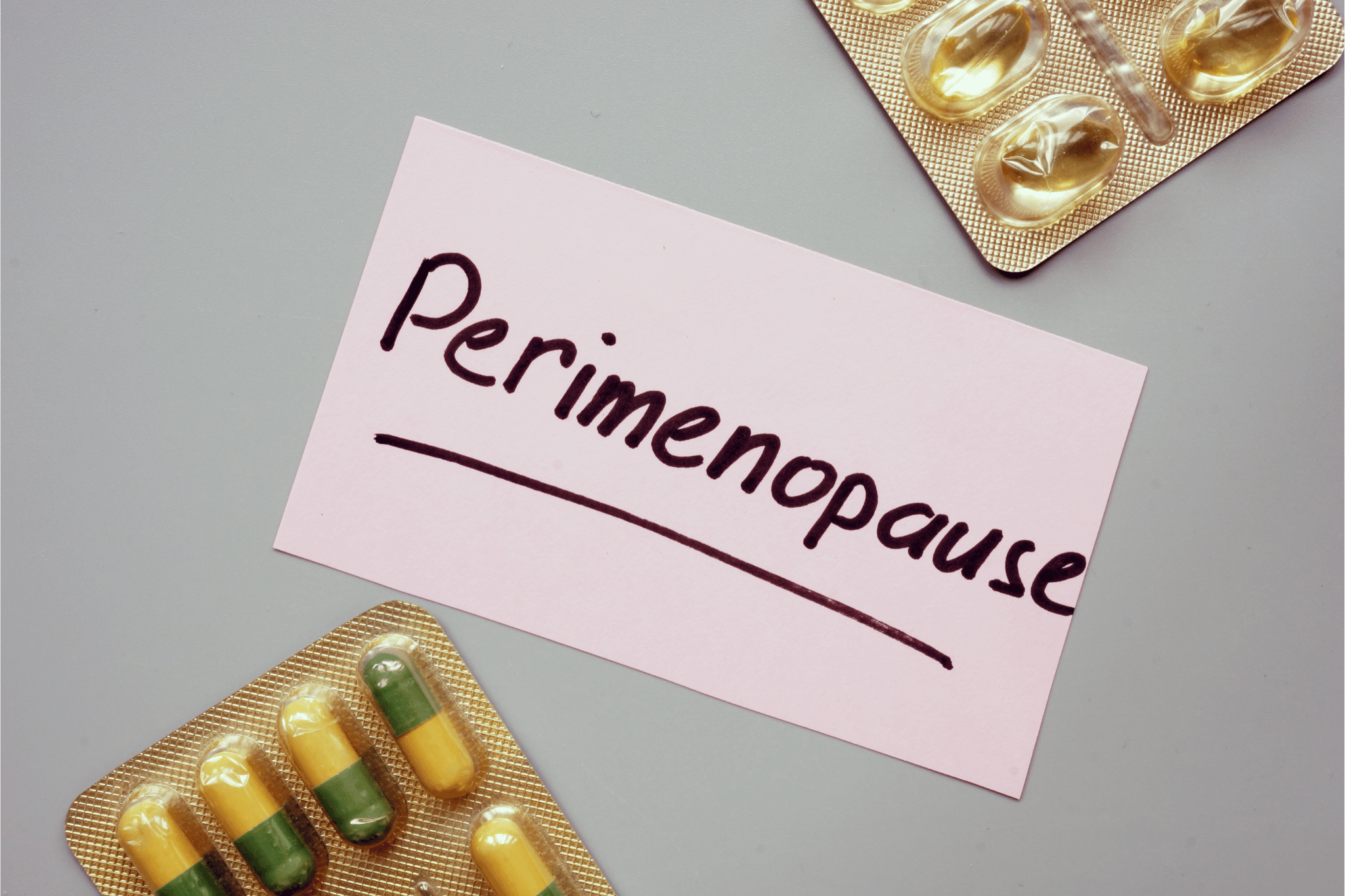What is Perimenopause and how to navigate it?

Welcome to the transformative journey of perimenopause, a phase that every woman encounters but often navigates with uncertainty. This blog post aims to shed light on perimenopause and be your compass for understanding, managing, and embracing the changes that come with perimenopause.
Recognising Perimenopausal Symptoms
Recognising perimenopausal symptoms is the first step towards effective navigation. These symptoms can vary widely but often include irregular periods, hot flashes, mood swings, changes in sleep patterns, bloating and digestive discomfort, nausea, dizziness, headaches, tiredness and fatigue and weight gain. Acknowledging these changes and understanding their connection to perimenopause empowers women to take control of their health.
Building a Support Network
Perimenopause can be a challenging and emotionally charged time. Building a strong support network is crucial. Share your experiences with trusted friends, family members, or colleagues who may have gone through or are going through similar experiences. Connecting with others provides emotional support, reassurance, and a sense of community, making the journey more manageable.
Seeking Professional Advice
While a support network is valuable, seeking professional advice is equally important. Consult with healthcare professionals, such as gynecologists or primary care physicians, to discuss your symptoms and receive personalised guidance. They can offer insights into symptom management, lifestyle adjustments, and, if necessary, medical interventions.
Professional advice may also include discussions about hormone replacement therapy (HRT) or other medications to alleviate specific symptoms. A healthcare provider can tailor recommendations to an individual's health history and preferences, ensuring a well-informed and collaborative approach to managing perimenopausal symptoms.
Conclusion

Navigating perimenopause requires a multifaceted approach. Recognising symptoms, building a support network, and seeking professional advice collectively empower women to face this transformative phase with resilience and confidence.
Embark on your perimenopausal journey armed with knowledge and confidence. Embrace the changes, seek support, and prioritise your well-being. Remember, you're not alone in this transformative phase of life and you don't have to navigate perimenopause alone – there is support available every step of the way.


Leave a comment
Please note, comments must be approved before they are published